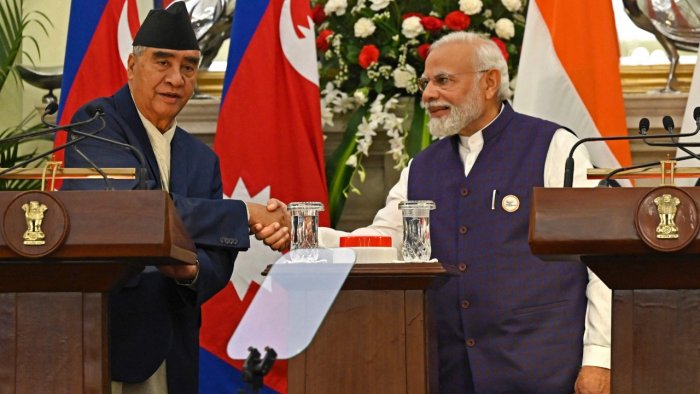Nearly four years after China withdrew from the West Seti hydropower project in Nepal, India will take over the project, ending a six-year partnership between 2012 and 2018.

Following Indian Prime Minister Narendra Modi’s visit to Lumbini on May 16, India’s National Hydropower Corporation (NHPC) has already started preliminary engagement of the site in far-western Nepal. In reality, when Nepal Prime Minister Sher Bahadur Deuba visited India in April, the groundwork and informal discussions appear to have begun much earlier.
The NHPC’s written purpose had arrived at the Prime Minister’s Investment Board headquarters four days previous to the Lumbini visit. The board is expected to clear it soon and formally request that the project be handled by the NHPC.
With over 6,000 rivers and an estimated capacity of 83,000 megawatts, Nepal is a powerhouse. India has made many official approaches to Nepal, requesting preferential access to Nepali waters if it can match bids from other countries.
Although India is seen as a viable market for Nepal, there has been significant scepticism in Nepal about India’s capacity to complete projects on schedule. India has committed to or stated its intention to harness key rivers in the north.
The project, which is expected to cost Nepali Rs 104 billion (Indian Rs 6,500 crore), is expected to give Nepal with 31.9 percent free power. Locals affected by the project will also receive a portion of Nepali Rs 10 million, as well as 30 free units of power every month.
The Constitution of Nepal stipulates that any treaty or agreement with another nation on natural resources must be ratified by Parliament with a two-thirds majority. That means that before any hydro project is signed and put into action, study will be necessary.
Nepal has a major power shortage, generating just roughly 900 megawatts against a potential of almost 2,000 megawatts. Despite the fact that it is now selling 364 MW of power to India, it has been importing from India for many years.
Once a dispute between Nepal and India in 2015 resulted in an economic embargo, the equations altered after Deuba replaced Oli in July. Modi, whose popularity in Nepal had dwindled, formed amicable and political ties with Deuba. During Deuba’s visit to Delhi last month, Modi’s BJP and Deuba’s Nepali Congress vowed to create “fraternal ties.”
Deuba is from the far western Nepal area, which is covered by the West Seti Project. At this advanced juncture in Deuba’s career, completion of the project will be a present to his electorate and the area.
Although it is unclear what changes or expansions the NHPC will propose to the project, which was originally planned at 750 MW, the project will be a storage scheme that will generate power throughout the year and be supplied to India, either for domestic consumption or for trade, via its national grid.
And its success is projected to improve India’s reputation in Nepal and give it more weight in future hydropower project discussions, when competition is expected to be fierce.
